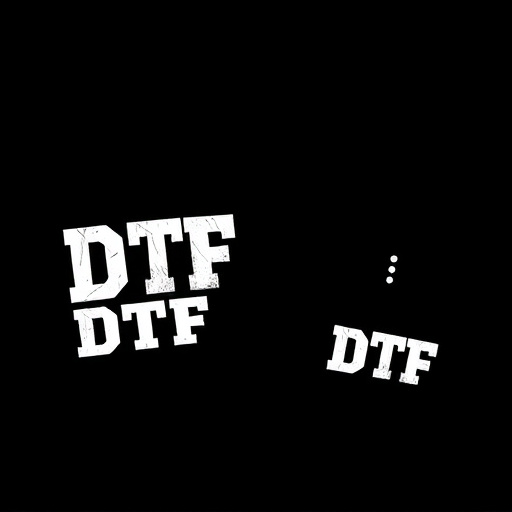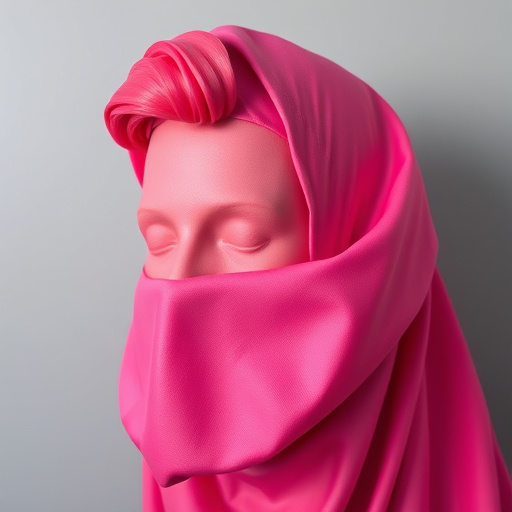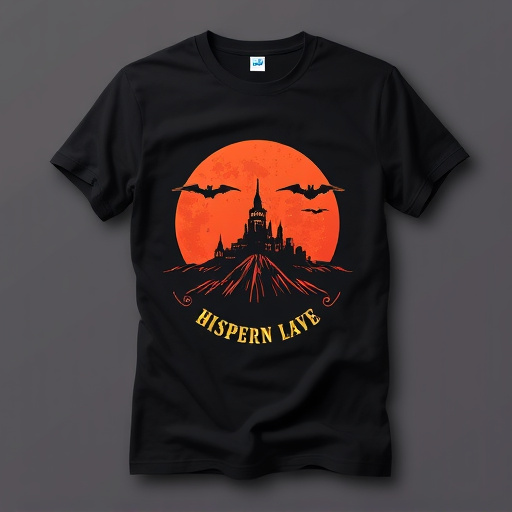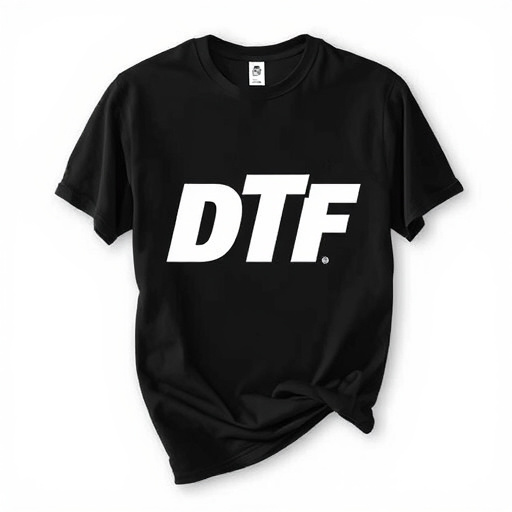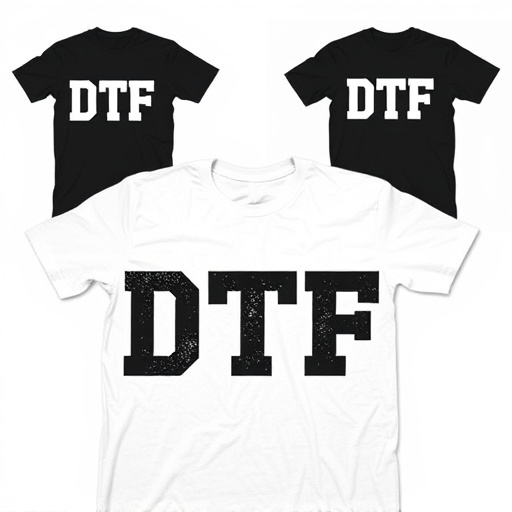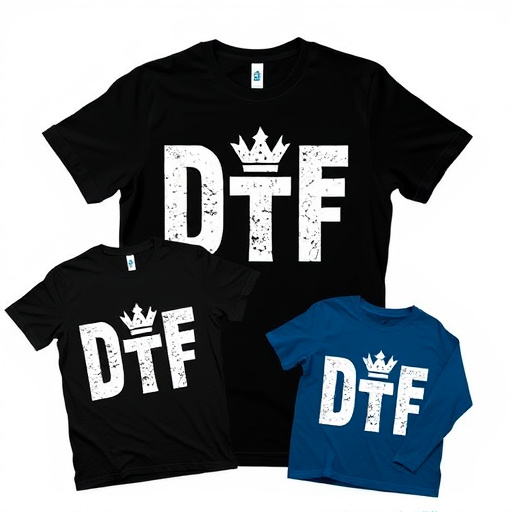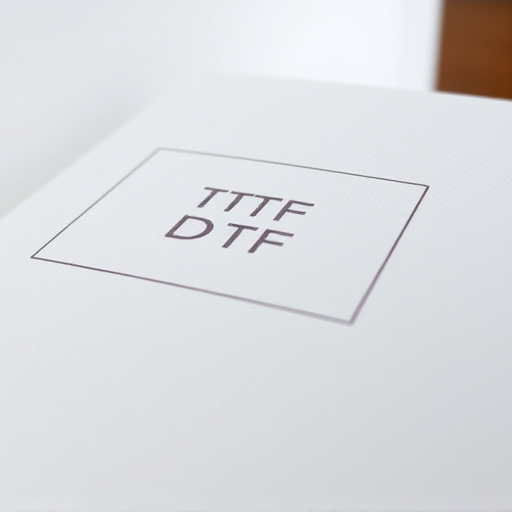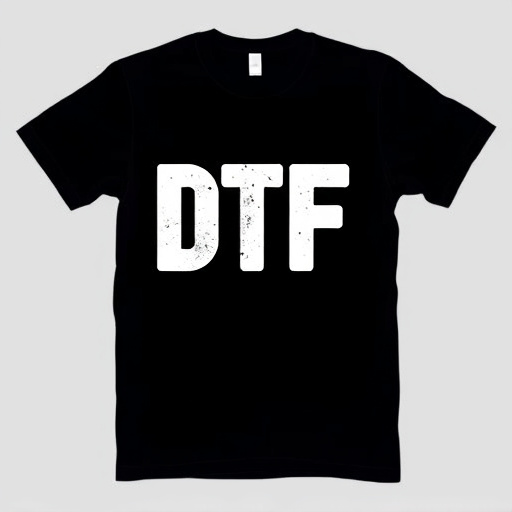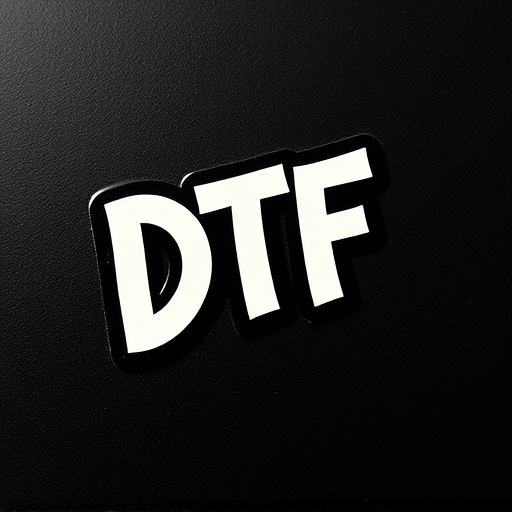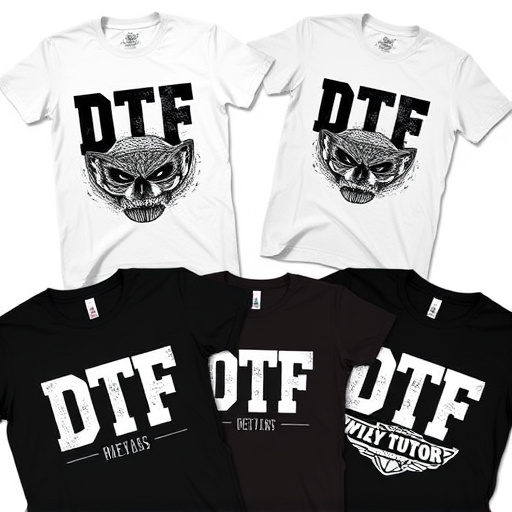DTF (Direct-to-Film) Printing Services have revolutionized custom printing in textiles and apparel by using a temporary transfer film to eliminate complex screening processes. The process involves creating or sourcing digital designs, printing them onto the film, aligning it over the substrate, applying heat and pressure to fuse the ink, and offering efficient production runs through custom gang sheets. DTF printing produces vibrant, long-lasting prints on demand, ensuring color accuracy, detailed imaging, and durability for various applications, making it a game-changer in the textile industry.
“Unraveling the intricacies of DTF Printing Services: A Comprehensive Guide. Direct to Fabric (DTF) printing has revolutionized the apparel industry, offering unparalleled design versatility and quality. This article delves into the workflow behind these cutting-edge services, from the initial design concept using specialized software, to the final product delivery. We explore the technology, printing process, and key factors in optimizing both quality and efficiency, ensuring your DTF printing experience is seamless and outstanding.”
- What is DTF Printing and How Does it Work?
- – Explanation of Direct to Fabric (DTF) printing technology
- – Overview of the printing process
What is DTF Printing and How Does it Work?
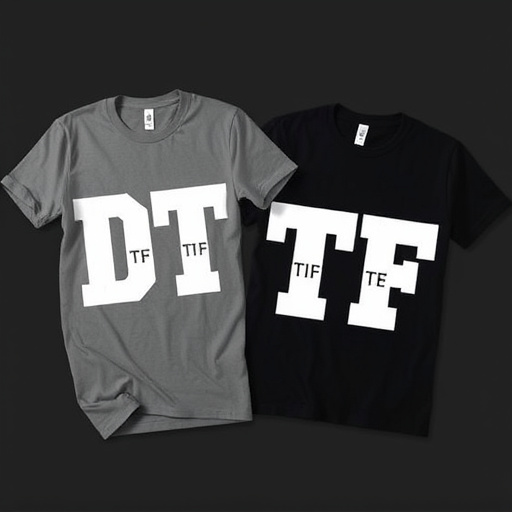
DTF (Direct-to-Film) Printing Services have revolutionized the way custom printing is achieved, especially for textile and apparel industries. This innovative technique involves transferring ink directly onto a dtf transfer film, which then acts as a temporary carrier for the design. The film is precisely aligned with the garment or material, enabling high-quality printing without the need for intricate screening processes.
The DTF printing process starts with creating or sourcing the desired design digitally. This design is then printed onto the dtf transfer film using specialized printers. Once the ink is dried, the film is carefully positioned over the target substrate, ensuring accurate registration. Heat and pressure are applied to fuse the ink permanently onto the material, resulting in vibrant, long-lasting prints. The use of custom DTF gang sheets allows for efficient production runs, making it an attractive option for businesses seeking fast turnaround times and high-quality results in their printing endeavors.
– Explanation of Direct to Fabric (DTF) printing technology
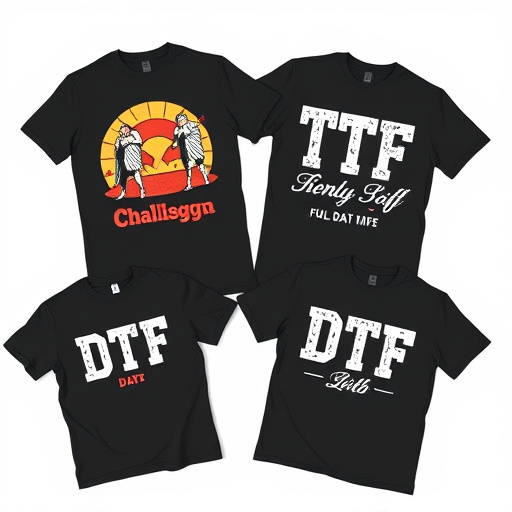
Direct to Fabric (DTF) printing is a revolutionary technology that has transformed the textile industry. Unlike traditional printing methods, DTF allows for digital design transfer directly onto fabric surfaces without the need for intermediate screens or plates. This cutting-edge process involves specialized printers that use heat and pressure to fuse ink particles into the fabric fiber, resulting in vibrant, long-lasting prints.
DTF printing services offer a range of benefits, particularly for bulk orders. It enables efficient production of high-quality dtf transfers ready to press, catering to both small-scale and large-scale projects. The technology ensures consistent color accuracy, detailed imaging, and durability, making it suitable for various applications, from apparel and accessories to home décor and promotional items.
– Overview of the printing process
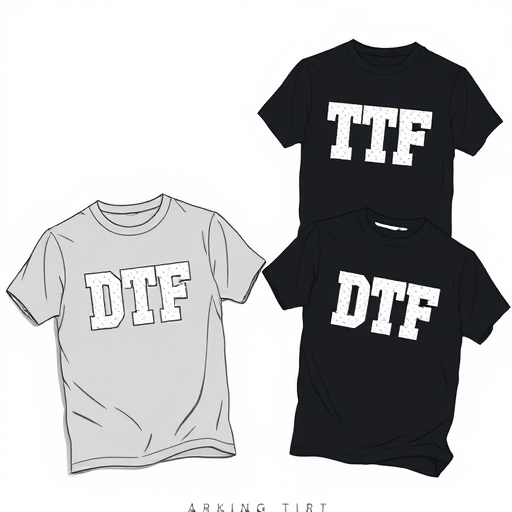
The printing process for DTF (Direct to Garment) Printing Services involves several intricate steps designed to create durable prints on a variety of materials, from t-shirts to hats and beyond. It begins with the digital design phase, where artists and designers use specialized software to craft or edit artwork. This digital file is then optimized for printing, ensuring color accuracy and sharpness. Once ready, the design is sent to the printing machine, typically an advanced DTF printer, which precisely applies ink directly onto the garment or substrate using a piecemeal approach, similar to how a 3D printer works layer by layer.
After printing, the garments or items undergo a curing process, often involving heat, to set the ink permanently. This step is crucial for achieving vibrant colors and ensuring the print’s longevity. Following this, quality control checks are conducted to verify that the prints meet the desired standards. Finally, the finished products are cut, packaged, and prepared for shipping, ready to be distributed to customers who have ordered custom DTF gang sheets or individual items adorned with these high-quality, durable prints.
In conclusion, DTF Printing Services have revolutionized the way we approach fabric customization. By employing Direct to Fabric (DTF) printing technology, businesses can now offer intricate and vibrant designs on a wide range of fabrics efficiently and cost-effectively. Understanding the workflow behind these services is key to unlocking the full potential of this game-changing production method.

